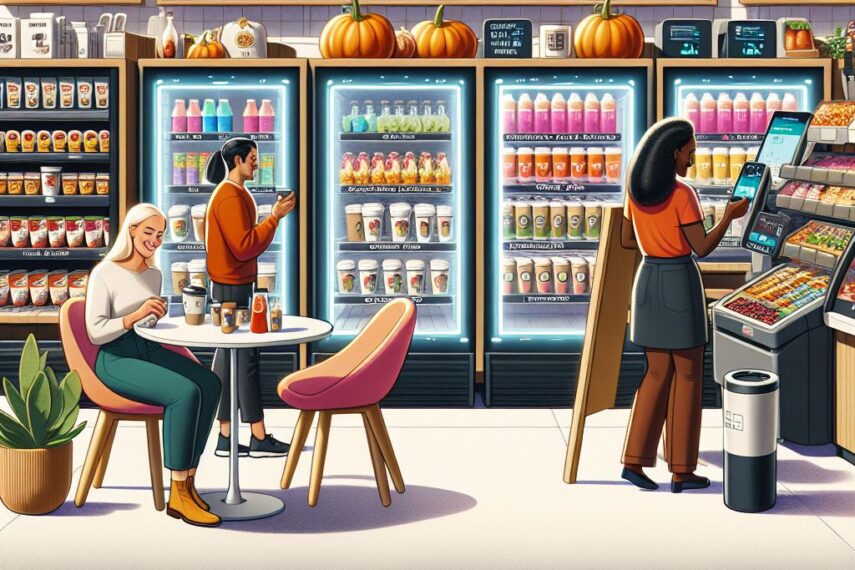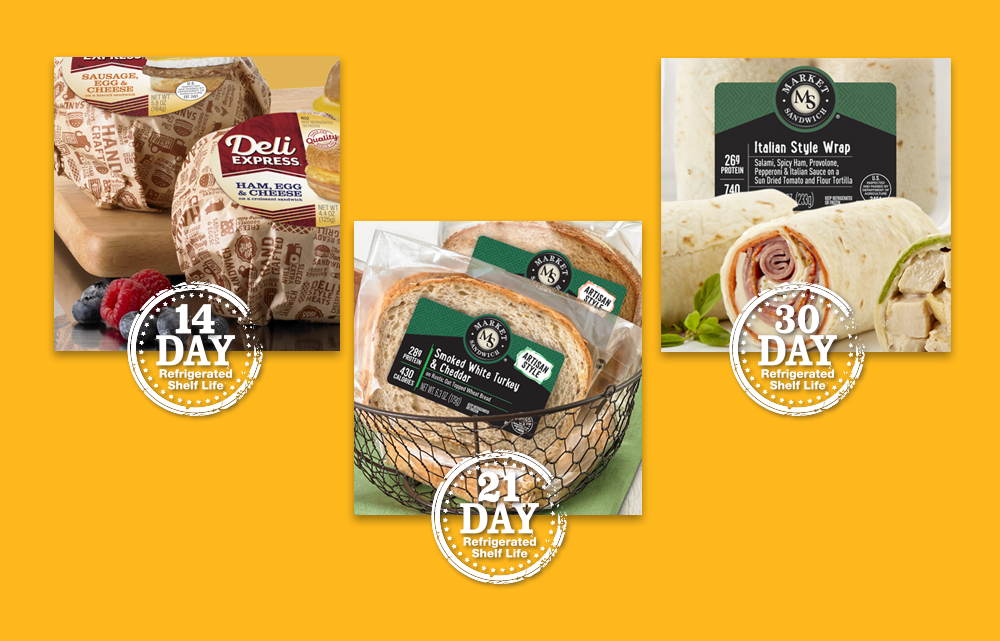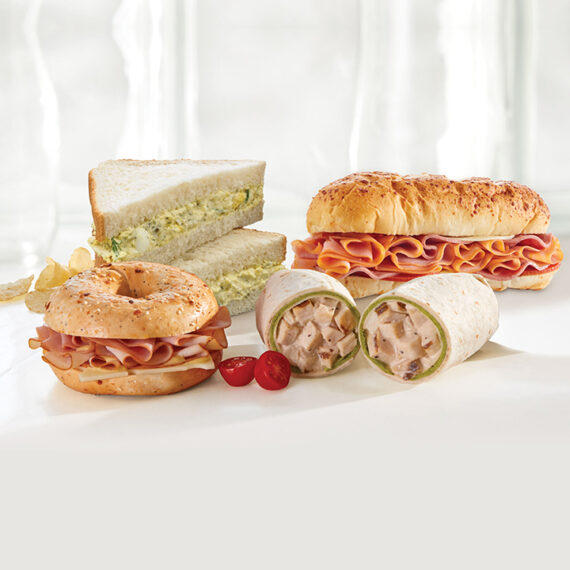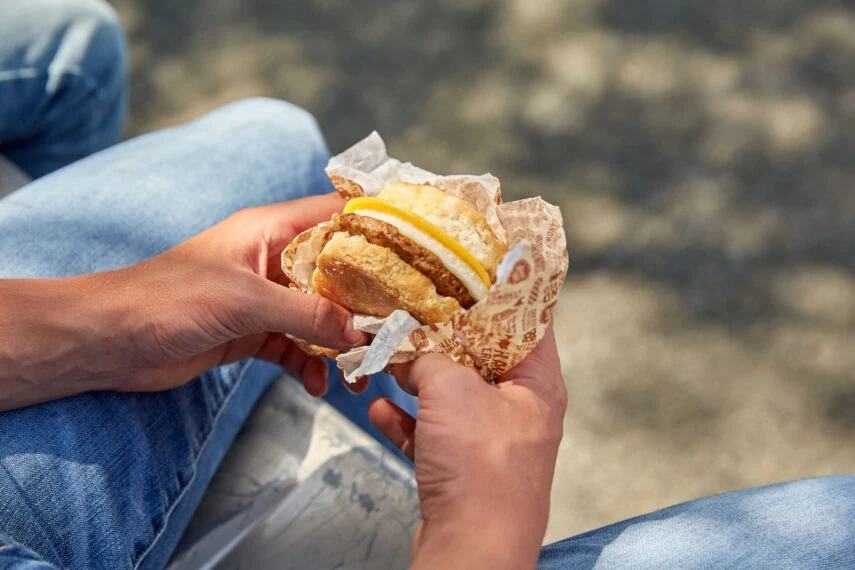
Choosing the proper packaging that has control of microbial growth not only increases shelf life but also reduces shrink, leading to increased profits.
Bacteria, yeast, and mold grow well when oxygen is present, and deli cases can be a breeding ground for this microbial growth. Six factors affect microbial growth: the type of food, acid, temperature, time, oxygen, and moisture in the food package. Having on-the-go products made on-site or delivered daily is not always an option, so the best way to control microbial growth is through packaging, M.A.P. Packaging, to be exact. M.A.P Packaging actively and passively maintains the atmosphere surrounding the product in a package, helping slow microbial growth.
Flex, Rigid, and Flow Wrap Sandwich Packaging
At E.A. Sween, we use flex, rigid, and flow wrap M.A.P. Packaging for some of our products, allowing individually wrapped food to extend the shelf life to 30 days. This means products can sit in the refrigerator after thawing for 30 days. The type of products that come in M.A.P. Packaging that offer a 30-day shelf life include:
- Market Sandwich Classic Wedges and Mega Wedges
- Market Sandwich Wraps
- Market Sandwich Premium Sandwiches
- Deli Express Wedge Sandwiches
- Deli Express Classic Sandwiches
- Deli Express SUB Selects
- Deli Express XXL Sandwiches
- San Luis Lunch Burrito
There are a few products that offer a 21-day shelf life that still uses MAP packaging; these include:
- San Luis Quesadillas
- Market Sandwich Artisan Style
Paper Wrap although not M.A.P. Packaging still offers a 14-day shelf life. With this packaging, the product can be taken from the freezer and placed in a refrigerator for up to 14 days. Because of the style of paper, these products can be put into warmers for easy grab-n-go. Some examples of E.A. Sween products include:
- Hot to Go Deli Express Breakfast & Lunch Sandwiches
- Market Sandwich Premium Breakfast Sandwiches
- San Luis Breakfast Burritos
Packaging and Shelf-life
While the product’s appearance and flavor are essential when selecting items, it is also a good idea to consider the type of packaging and the shelf life it provides. Choosing the proper packaging that has control of microbial growth not only increases shelf life but also reduces shrink, leading to increased profits and margins for retailers.



